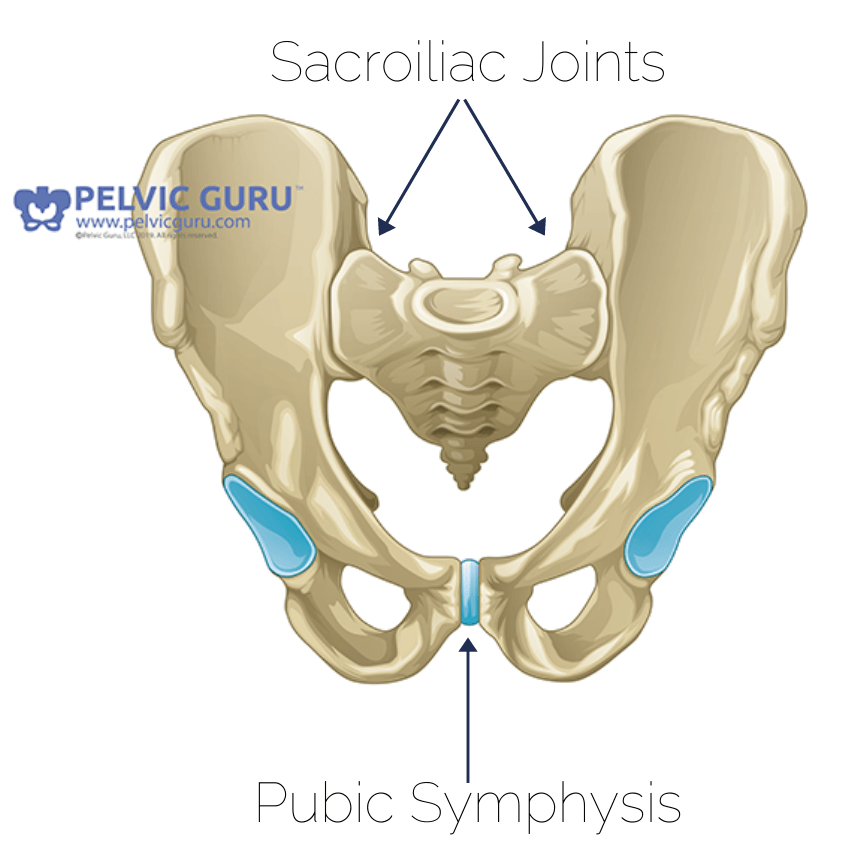Postpartum: When Should I See a Pelvic Floor Physical Therapist?
Did you know in other countries seeing a pelvic physio (physical therapist) is the standard of care? At that magical 6-week follow up appointment, patients are automatically sent to see a pelvic floor physical therapist to perform an assessment of their pelvic floor, low back, hips, and core musculature. During this time, we are able to discuss any significant findings (think weakness, pain, scar tissue restrictions, abnormal movement patterns) and begin a treatment plan designed to get you back to the things you love to do.
For many, this is the first time they are seeing a pelvic floor physical therapist and will be exposed to the knowledge physical therapy has to offer. Sure, we may hear about kegels all the time, but are you doing them correctly? (hint: probably not). What about the scar tissue that occurs with tearing during a vaginal birth or as a result of delivery via c-section? Do you know what to do if you have pain from scar tissue? Some people experience issues at their pubic symphysis (front pelvic bone) or sacroiliac joint (base of the spine) which leads to pain or difficulty with movement such as walking, bending, lifting, climbing stairs, and more.
Many people just assume these issues will get better with time or even worse, that this is just what is to be expected after delivery. NOPE! While it is true your body changes during pregnancy and after delivery, many of the symptoms you may be experiencing are not “the new normal”.
If you are 6-weeks postpartum and have
- pain with movement
- pain with sex
- pain with urination or bowel movements
- leakage of any kind (pee or poop)
- a heaviness in your pelvis (or feel like something is falling out)
- a strong urge to go to the bathroom
- pain to the touch at your scar tissue
- fearful of movement (or feel broken)
then it’s time to see a pelvic floor physical therapist!
These things are common, but they are NOT normal. Many people experience the list of symptoms above, so please realize you are not alone. These are not a new part of you that just comes with having a baby – there is help available by clinical experts. Pelvic floor physical therapy can certainly help address every one of these issues.
So the short answer is: You should see a pelvic floor physical therapist around 6 weeks after delivery!
It is not uncommon that we see patients even earlier though, if they are navigating issues after delivery, have questions about their recovery, or want some help with new pains or discomforts as a result of caring for a new little one. If that is the case we see patients around 2 or 4 weeks postpartum, either in-person or via telehealth if getting out of the house is a barrier.
So what if you do not have any of these issues? Great! But maybe you are still curious to learn more about your pelvic floor and just make sure everything is working like it should. Go see a pelvic PT! Even if we only meet for one visit, this is a great time to learn a few tips and tricks to keep your pelvic floor happy, ask any questions you have, and establish a relationship with a pelvic floor physical therapist. At the very least, we are able to get a base line measure of your body and how it functions so as things start to change over the next year (and beyond) we have something to look back at and compare things to. Keep in mind your body is always changing after delivery from producing breast milk to stopping the production of breast milk, as your muscles and bones and joints start to settle into their new form, things change. If these changes cause discomfort for you or limit you from doing the things you love, you will already have a pelvic therapist you trust who can help you through this.
If you have more questions about this please feel free to reach out to me. If you need help finding a pelvic floor physical therapist near you check out this Pelvic PT Directory.
Where to find treatment in Maryland
At Pelvic Pride Physical Therapy & Wellness, we specialize in the treatment of ALL pelvic floor conditions, including postpartum care, so you are in the right place! We are conveniently located in the Federal Hill neighborhood in Baltimore MD. Fill out our contact form & our Patient Care Specialist will reach out to you ASAP!
Next on Your Reading List
Love our content? Let's stay connected!
Subscribe to our newsletter for personalized updates when new blog posts are dropped.







